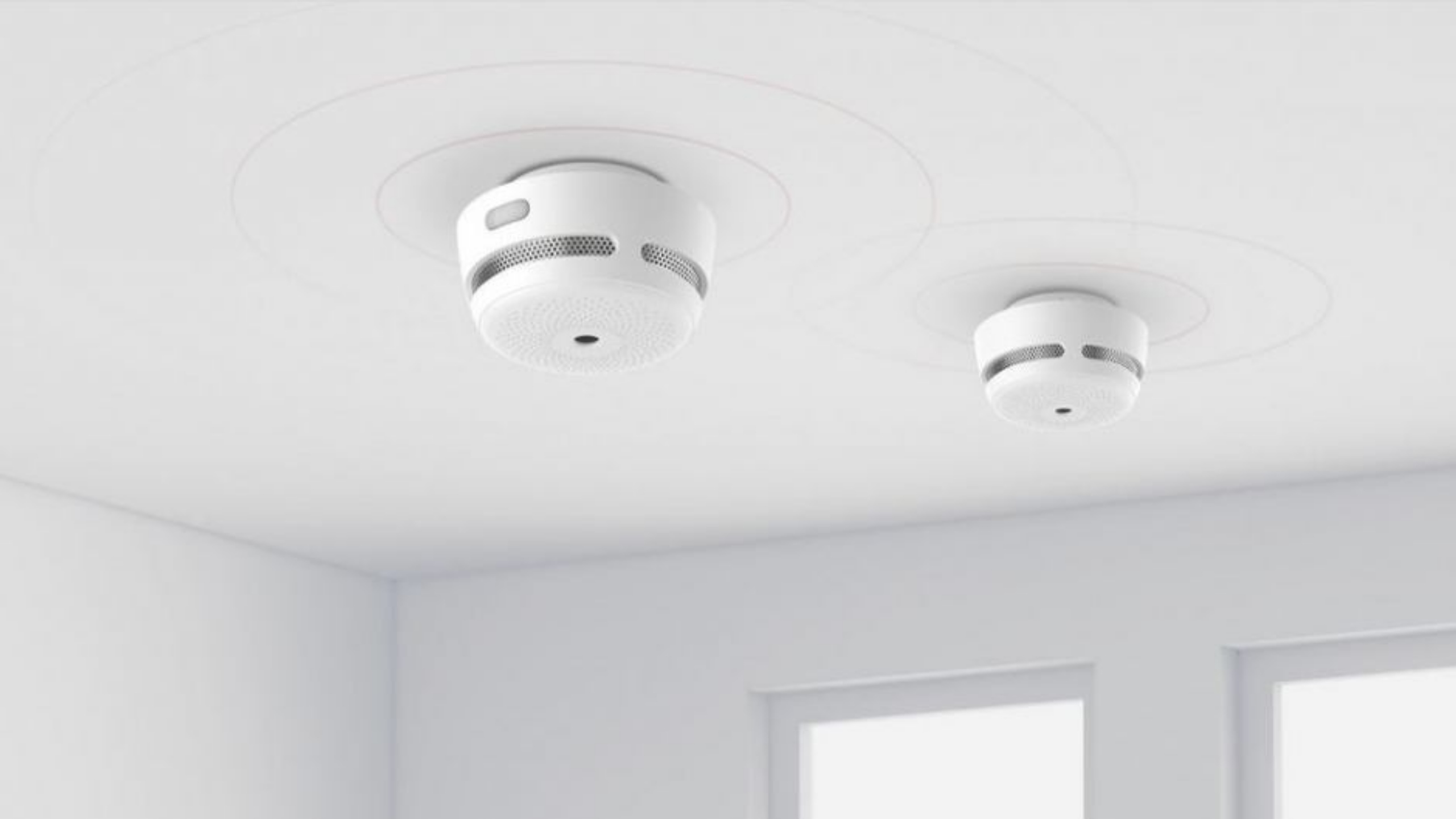

Articles
How To Know If The Smoke Detector Is Working
Modified: February 24, 2024
Learn the simple steps to determine if your smoke detector is functioning properly. Follow our expert articles to ensure the safety of your home.
(Many of the links in this article redirect to a specific reviewed product. Your purchase of these products through affiliate links helps to generate commission for Storables.com, at no extra cost. Learn more)
Introduction
Smoke detectors are crucial devices that play a vital role in ensuring the safety of our homes and businesses. They are designed to detect the presence of smoke particles in the air, indicating the potential outbreak of a fire. By doing so, smoke detectors provide an early warning system that allows occupants to evacuate the premises and contact emergency services in a timely manner.
In this article, we will explore the importance of smoke detectors, the common types available in the market, signs of a faulty smoke detector, how to test them, proper maintenance techniques, and when to replace your smoke detector.
Understanding how smoke detectors work and how to ensure they are in proper working order is essential for keeping your loved ones safe and reducing the risk of property damage. So, let’s dive in and learn more about these life-saving devices.
Key Takeaways:
- Regularly test and maintain smoke detectors to ensure early fire detection, protecting lives and property. Understand the signs of a faulty detector and when to replace it for optimal safety.
- Differentiate between types of smoke detectors and strategically place them for maximum coverage. Stay proactive in testing, cleaning, and replacing detectors to ensure reliable fire detection.
Read more: How Does A Smoke Detector Work?
Importance of Smoke Detectors
Smoke detectors are of utmost importance when it comes to fire safety. They act as a first line of defense by detecting potential fires early, allowing residents to take immediate action and reduce the risk of injury or property damage.
Here are some key reasons why smoke detectors are so crucial:
- Early Detection: The primary function of a smoke detector is to detect smoke particles in the air. By doing so, it provides an early warning system that allows occupants to evacuate the premises before the fire spreads. This early detection can be the difference between life and death in critical situations.
- Reduced Response Time: Smoke detectors are designed to sound an alarm as soon as smoke is detected. This prompt response time enables residents to quickly assess the situation, contact emergency services, and implement necessary fire safety measures.
- Protection of Lives: In the event of a fire, the safety of individuals inside the building is of utmost importance. Smoke detectors provide an early warning that can save lives by alerting occupants to evacuate promptly and seek safety outside the premises.
- Property Protection: Fires can cause extensive damage to properties, leading to massive financial losses. By detecting smoke at the early stages, smoke detectors help in minimizing potential damage by allowing for quick intervention and firefighting efforts.
- Peace of Mind: Having functioning smoke detectors installed in your home or business can provide a sense of security and peace of mind. Knowing that you have a reliable fire detection system in place can alleviate stress and allow you to focus on other aspects of life without constantly worrying about fire hazards.
Smoke detectors are not just essential; they are often required by law in many jurisdictions. It is crucial to ensure that you have working smoke detectors installed in the appropriate areas of your property to comply with safety regulations and protect lives and property.
Common Types of Smoke Detectors
There are several types of smoke detectors available in the market, each with its own unique features and functionalities. Understanding the differences between these types can help you make an informed decision when choosing the right smoke detector for your home or business. Here are some of the most common types:
- Ionization Smoke Detectors: Ionization smoke detectors are the most common type and are effective at detecting fast-flaming fires. They contain a small amount of radioactive material that ionizes the air inside the detector. When smoke enters the chamber, it disrupts the ionization process, triggering the alarm. These detectors are best suited for areas near kitchens or areas with open flames.
- Photoelectric Smoke Detectors: Photoelectric smoke detectors use a light beam and a photocell to detect smoke particles in the air. When smoke enters the chamber, it deflects the light beam onto the photocell, triggering the alarm. These detectors are highly efficient at detecting smoldering fires and are less prone to false alarms caused by cooking smoke or steam. They are recommended for bedrooms, living rooms, and hallways.
- Dual-Sensor Smoke Detectors: Dual-sensor smoke detectors combine both ionization and photoelectric technologies to provide a comprehensive approach to fire detection. By utilizing the strengths of both types, dual-sensor detectors are capable of detecting a wide range of fires, including both fast-flaming and smoldering fires. These detectors offer enhanced protection and are suitable for various areas of a property.
- Heat Detectors: Heat detectors are designed to detect high temperatures rather than smoke particles. They are typically used in areas where smoke or fumes are regularly present, such as kitchens or garages. Heat detectors are ideal for environments where smoke detectors may produce false alarms.
- Wireless Smoke Detectors: Wireless smoke detectors operate using wireless technology, allowing them to communicate with a central control panel or with other smoke detectors in a network. This feature enables simultaneous alarms throughout the property, providing a comprehensive fire detection system.
When choosing a smoke detector, it is important to consider the specific needs and requirements of your property. It is recommended to have a combination of different types of smoke detectors strategically placed throughout the building to ensure maximum coverage and early detection of fires.
Signs of a Faulty Smoke Detector
Regular maintenance and testing of smoke detectors are essential to ensure their proper functioning. However, even with regular maintenance, smoke detectors can sometimes develop faults or issues that compromise their effectiveness. Here are some common signs that indicate a faulty smoke detector:
- No Alarm Sound: If your smoke detector fails to produce an alarm sound when you test it or in the presence of smoke, it could indicate a problem with the device. Ensure that the battery is not dead or disconnected, and if the issue persists, it may be time to replace the smoke detector.
- Frequent False Alarms: If your smoke detector activates frequently without the presence of smoke or fire, it may be experiencing a sensitivity issue. This could be due to dust, insects, or other debris within the detector. Regular cleaning with a vacuum attachment can help solve this problem. If false alarms persist, it may be necessary to replace the detector.
- Yellowing or Fading: Over time, smoke detectors may become discolored or faded. This can be a sign of aging or exposure to environmental factors, which can affect their performance. If your smoke detector shows significant signs of discoloration or fading, it may be time to replace it to ensure optimal functionality.
- Expired or Faulty Batteries: Smoke detectors rely on batteries for power. If the batteries are expired, weak, or faulty, the smoke detector may not function properly. Regularly check and replace the batteries according to the manufacturer’s recommendations to maintain the reliability of your smoke detector.
- Interruption of Power: Some smoke detectors are hard-wired into the electrical system of the building. If there is a power outage or a disruption in the electrical circuit, the smoke detector may not work. Test the smoke detector regularly to ensure it is functioning even during power outages.
- Age of the Smoke Detector: Smoke detectors have an expiration date and should be replaced accordingly, usually every 8-10 years. Over time, the sensors and components inside the detector can degrade, reducing their effectiveness. If your smoke detector is past its expiration date, it is essential to replace it with a new one.
Paying attention to these signs and addressing any issues promptly is crucial for maintaining the reliability of your smoke detectors. Regular testing, cleaning, and replacement, when necessary, will ensure that your smoke detectors are in optimal working condition and provide the early detection necessary to keep you and your property safe from fires.
Test your smoke detector regularly by pressing the test button. If it beeps, it’s working. If not, replace the batteries and test again.
Testing the Smoke Detector
Regular testing of smoke detectors is vital to ensure their functionality and reliability in detecting smoke or fire. The testing process is simple and should be performed at least once a month. Here are the steps to properly test your smoke detector:
- Notify Occupants: Before testing the smoke detector, notify all occupants of the building to avoid any unnecessary panic or alarm caused by the test. Make sure they are aware that it is just a routine check and not an actual emergency situation.
- Prepare the Area: Remove any potential obstructions, such as dust, debris, or furniture, from around the smoke detector. This will allow for proper air flow and prevent any potential false alarms or interference during the test.
- Press the Test Button: Locate the test button on your smoke detector. It is usually labeled and can be found on the front or side of the device. Press and hold the test button for a few seconds until you hear a loud, piercing alarm. This indicates that the smoke detector is in proper working order.
- Listen for Alarm: Listen carefully to ensure that the alarm of the smoke detector is loud and clearly audible throughout the premises. If the alarm sound is weak, muffled, or barely audible, it may indicate a problem with the detector, and it should be replaced as soon as possible.
- Verify Reset: After testing, the smoke detector should reset itself automatically. If it continues to sound the alarm after releasing the test button, try pressing the reset button, if available, to silence the alarm. If the alarm continues to go off, there may be an issue with the device, and it should be replaced.
Remember, testing your smoke detectors regularly is crucial, but it is not a substitute for routine maintenance and inspections. Follow the manufacturer’s guidelines for cleaning, battery replacement, and general maintenance to ensure that your smoke detectors are always in optimal working condition.
Additionally, it is recommended to keep a log or record of when you test your smoke detectors to keep track of your maintenance efforts. This can help you stay organized and ensure that you are consistently testing the detectors on a monthly basis.
By regularly testing your smoke detectors, you can have peace of mind knowing that they are functioning correctly and providing the early warning necessary to protect you and your loved ones in the event of a fire.
Proper Maintenance of Smoke Detectors
Maintaining your smoke detectors is essential to ensure their effectiveness and reliability. Regular maintenance helps keep these life-saving devices in optimal working condition and reduces the chances of false alarms or failure to detect smoke or fire. Here are some key maintenance tasks to perform:
- Regular Cleaning: Dust and debris can accumulate on the sensors of your smoke detectors, affecting their performance. Use a vacuum cleaner or a soft brush attachment to gently remove any dirt or dust from the openings or vents of the detector. Avoid using harsh cleaning agents or submerging the detector in water, as this can damage the device.
- Battery Check: Test the batteries in your smoke detectors regularly to ensure they are functioning well. Replace them as soon as they show signs of weakness or when the low battery indicator beeps. It is advisable to replace the batteries at least once a year, even if they are still working, to maintain optimal performance.
- Replace Expired Detectors: Smoke detectors have an expiration date, typically 8-10 years after the manufacturing date. Check the manufacturer’s instructions or the label on your smoke detectors to determine their expiration date. Replace any detectors that have reached or exceeded their expiration date to ensure proper functionality.
- Test Sensors: In addition to the monthly testing of the alarm sound, it is recommended to test the sensors of your smoke detectors annually. This can be done using smoke aerosol sprays specifically designed for testing smoke detectors. Follow the instructions on the product carefully to ensure accurate testing.
- Keep Detectors Free from Interference: Avoid placing smoke detectors near vent openings, fans, or areas where there may be excessive airflow, as this can cause false alarms. Additionally, keep them away from areas with high humidity, such as bathrooms and kitchens, to prevent moisture damage.
- Keep a Record: Maintain a record of maintenance tasks, including battery replacement dates, testing dates, and any issues or repairs made. This can help you track and monitor the performance and maintenance history of your smoke detectors.
- Check Manufacturer’s Guidelines: Always refer to the manufacturer’s instructions and guidelines for specific maintenance requirements and recommendations for your smoke detectors. Different models and brands may have certain maintenance procedures unique to them.
By following these maintenance practices, you can ensure that your smoke detectors are in optimal condition and ready to function when needed. Regular cleaning, battery checks, sensor testing, and record-keeping can help extend the lifespan of your smoke detectors and provide reliable fire detection for your home or business.
When to Replace Your Smoke Detector
Knowing when to replace your smoke detector is crucial to ensure the continued safety and effectiveness of your fire detection system. While regular maintenance can prolong the life of your smoke detector, there are certain signs and indicators that signal the need for replacement. Here are some guidelines to determine when to replace your smoke detector:
- Expired Detectors: Smoke detectors typically have an expiration date, usually 8-10 years after the manufacturing date. Check the label or packaging of your smoke detectors to find the expiration date. If they have exceeded or are nearing their expiration date, it is essential to replace them with new ones to ensure optimal performance.
- False Alarms: If your smoke detector consistently produces false alarms, even after thorough cleaning and maintenance, it may be a sign of a malfunctioning device. False alarms can be disruptive and may cause occupants to ignore the alarm in real emergency situations. If false alarms persist, it is time to replace the smoke detector.
- Difficulty in Testing: If you encounter difficulties in testing your smoke detector, such as the alarm not sounding during testing or the test button not functioning properly, it could indicate a problem with the device. Attempt to troubleshoot according to the manufacturer’s instructions, but if the issue persists, it is best to replace the detector.
- Faded or Discolored Housing: Over time, the housing of smoke detectors may become faded, discolored, or brittle due to exposure to sunlight, temperature changes, or environmental factors. This can affect the functionality and reliability of the device. If you notice significant discoloration or fading, it is recommended to replace the smoke detector.
- Malfunctioning or Expired Batteries: Smoke detectors depend on functioning batteries to operate correctly. If you encounter issues with the batteries, such as frequent replacements or the inability to hold a charge, it may be time to replace the smoke detector. Additionally, follow the manufacturer’s guidelines for battery replacement to ensure optimal performance.
- When Moving to a New Residence: When moving to a new residence, it is crucial to assess the age and condition of the existing smoke detectors. If they are outdated, expired, or in poor condition, it is advisable to replace them with new smoke detectors that meet the latest safety standards.
Replacing your smoke detectors as needed is a critical step in maintaining a reliable fire detection system. Staying proactive in monitoring their performance, adhering to expiration dates, and addressing issues promptly ensures that your smoke detectors are always ready to function effectively and protect you and your loved ones in the event of a fire.
Conclusion
Smoke detectors are essential safety devices that play a crucial role in protecting lives and property from the devastating effects of fires. Understanding the importance of smoke detectors, the common types available, and how to properly maintain and test them is vital for fire safety.
By recognizing the signs of a faulty smoke detector and knowing when to replace them, you can ensure that your fire detection system remains effective and reliable. Regular maintenance, including cleaning, battery checks, and sensor testing, is necessary to keep smoke detectors in optimal working condition.
Testing smoke detectors on a monthly basis is a simple yet crucial task that can provide peace of mind, knowing that the alarms will sound when needed. Additionally, proper placement of smoke detectors throughout the premises and following manufacturer’s guidelines for installation is key to maximizing their effectiveness.
Remaining vigilant about smoke detector maintenance and replacement is essential for the safety of both occupants and property. Taking these precautions significantly reduces the risk of injury and property damage in the event of a fire.
Remember, fire safety is a shared responsibility, and having working smoke detectors is just one piece of the puzzle. It is important to develop and practice a fire evacuation plan, have fire extinguishers readily available, and educate household members or employees on fire safety measures.
Investing time and effort into properly maintaining and testing smoke detectors is a small price to pay for the safety and protection they provide. By ensuring that your smoke detectors are in proper working order, you are taking a proactive step towards safeguarding your loved ones and your property from the dangers of fire.
Stay informed, stay prepared, and stay safe!
Frequently Asked Questions about How To Know If The Smoke Detector Is Working
Was this page helpful?
At Storables.com, we guarantee accurate and reliable information. Our content, validated by Expert Board Contributors, is crafted following stringent Editorial Policies. We're committed to providing you with well-researched, expert-backed insights for all your informational needs.
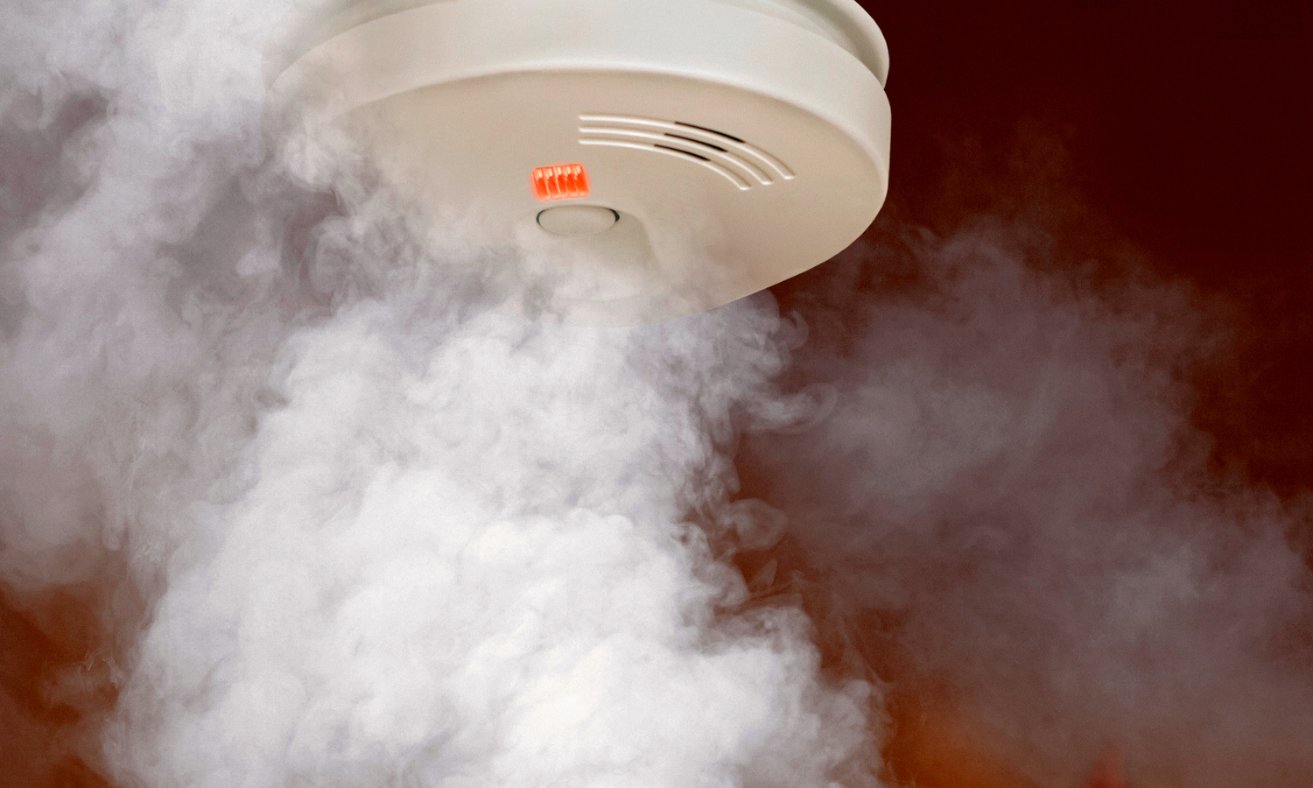
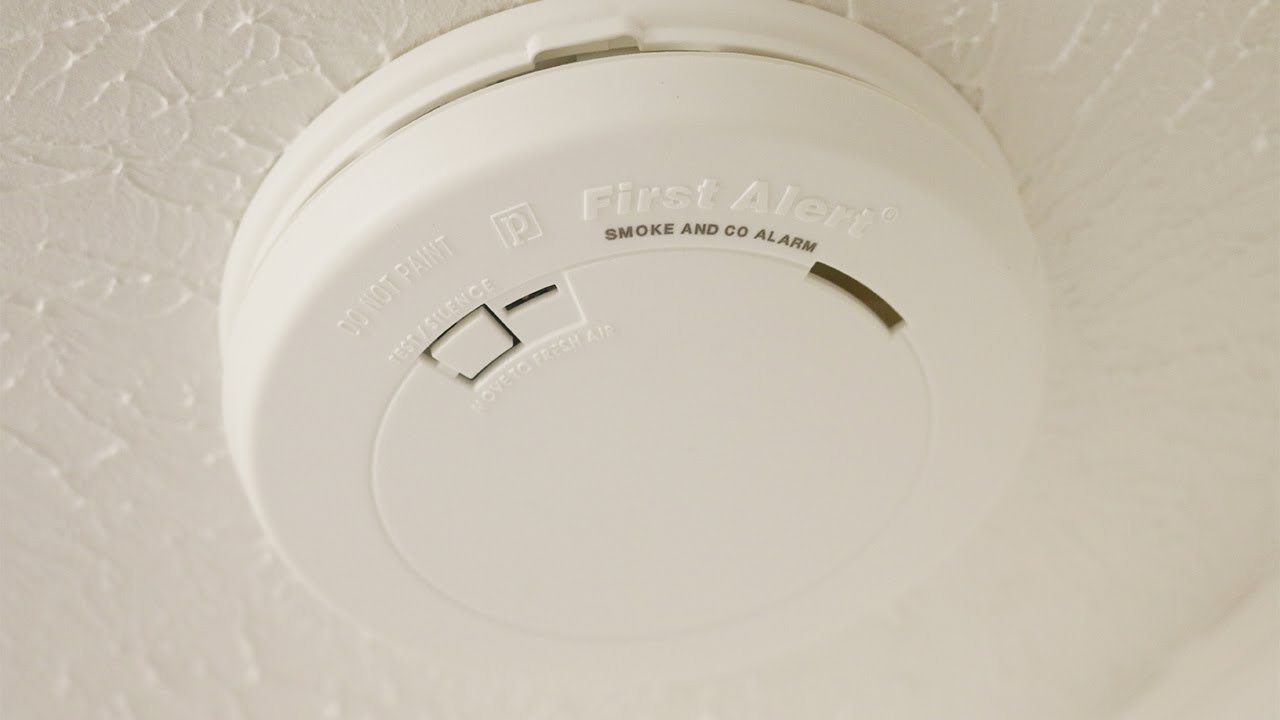
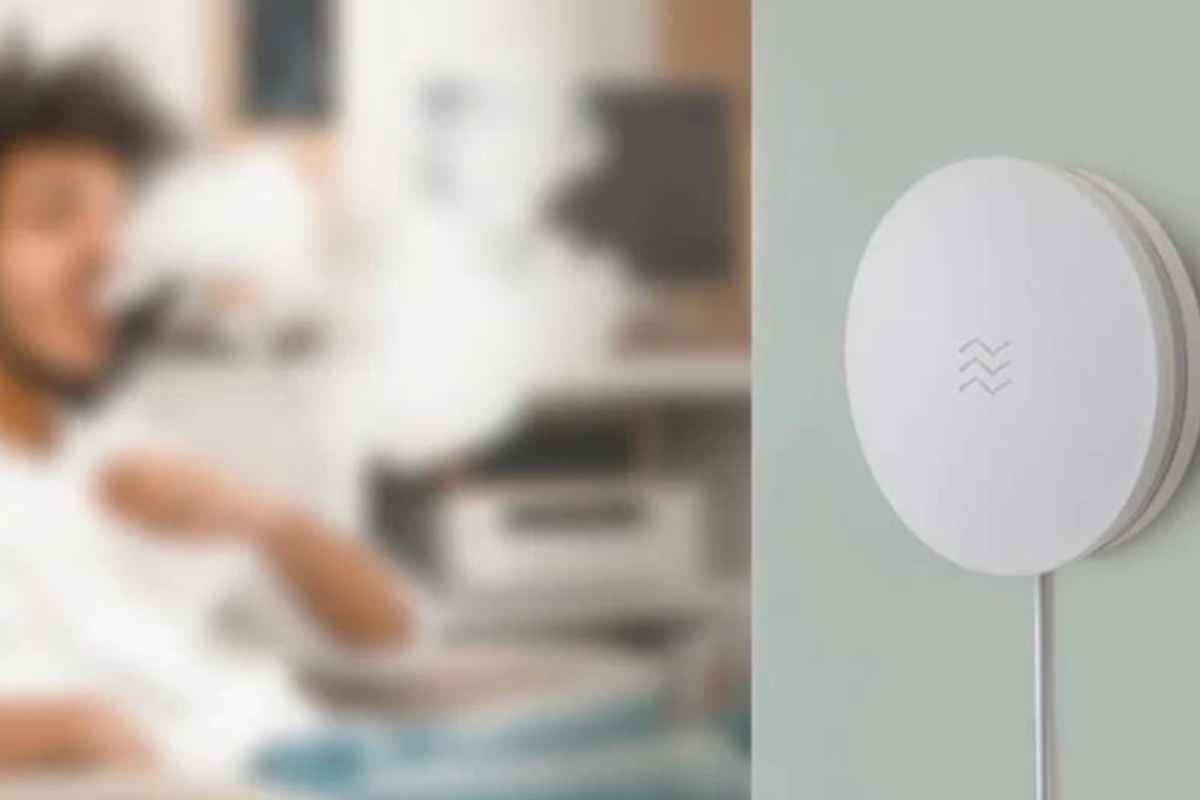
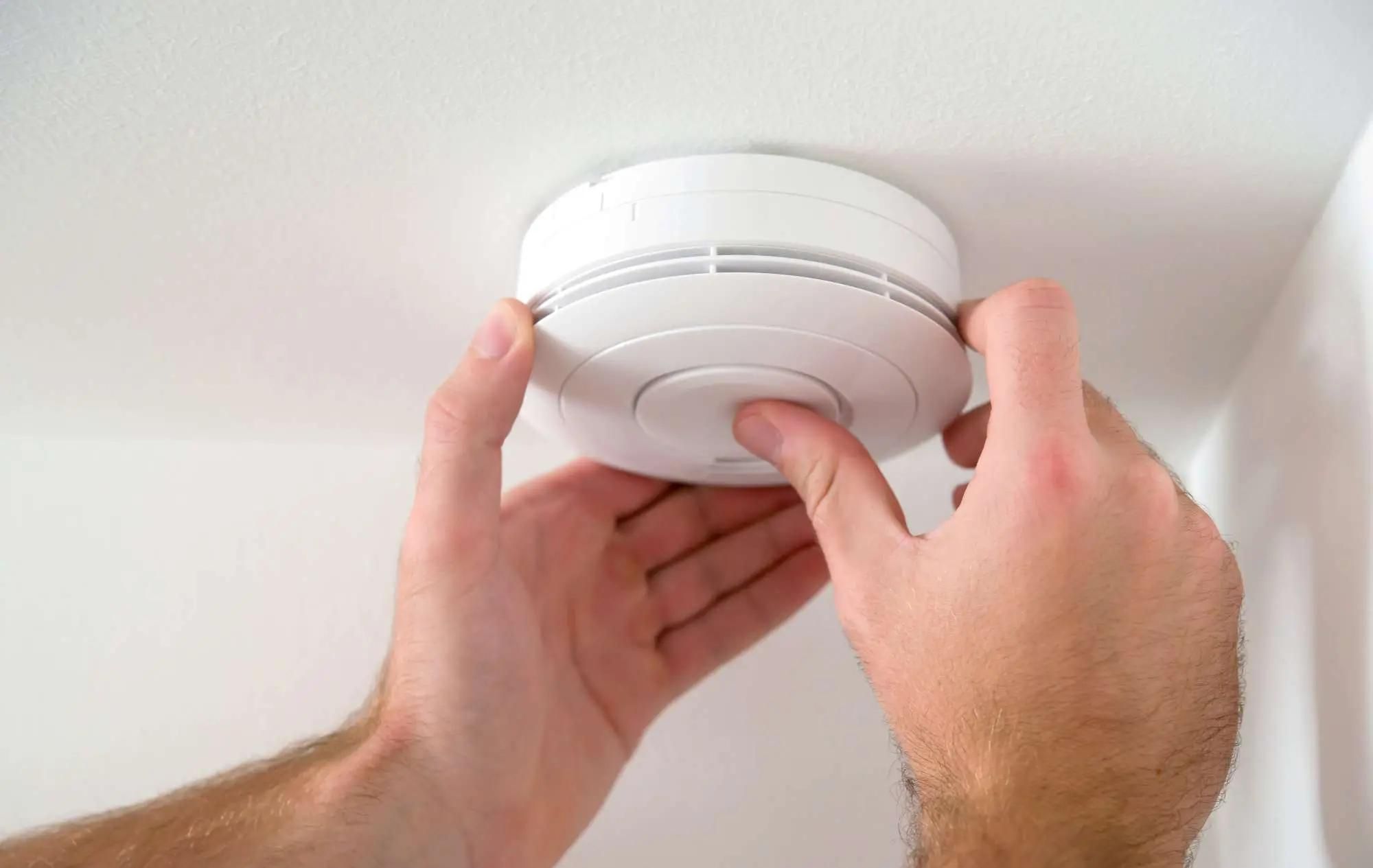
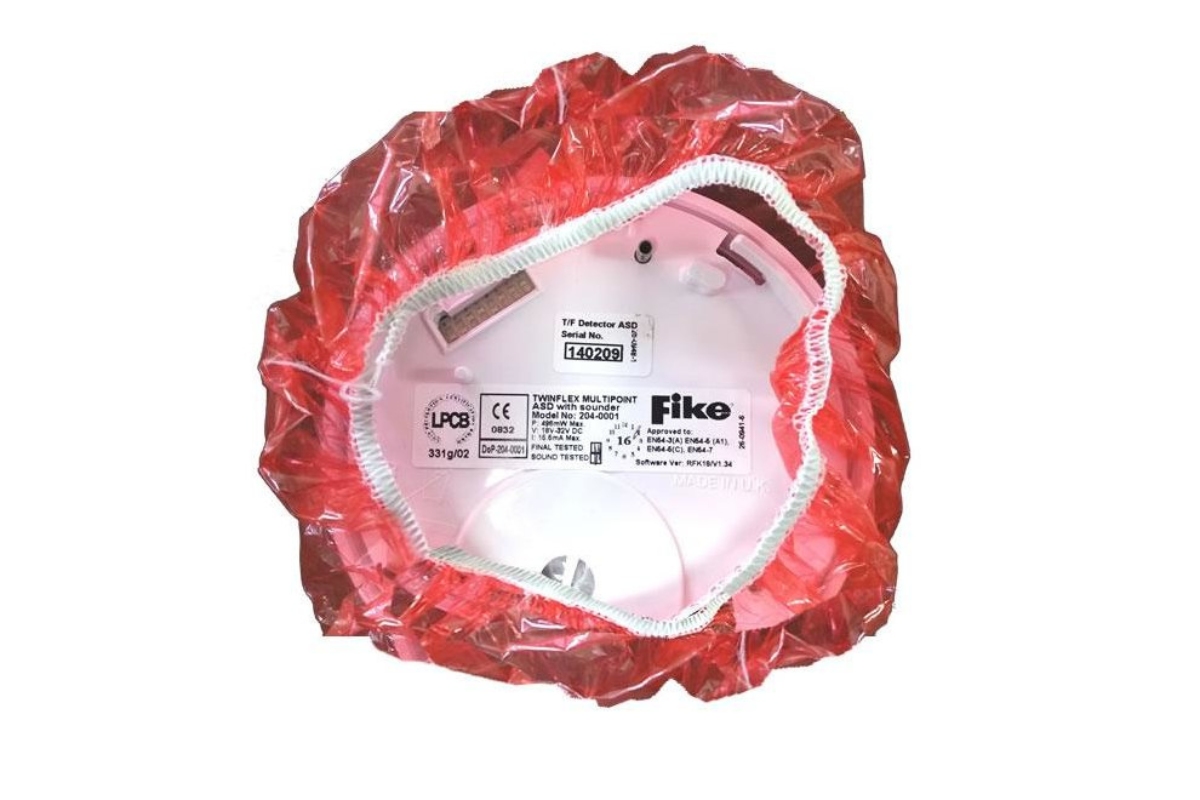
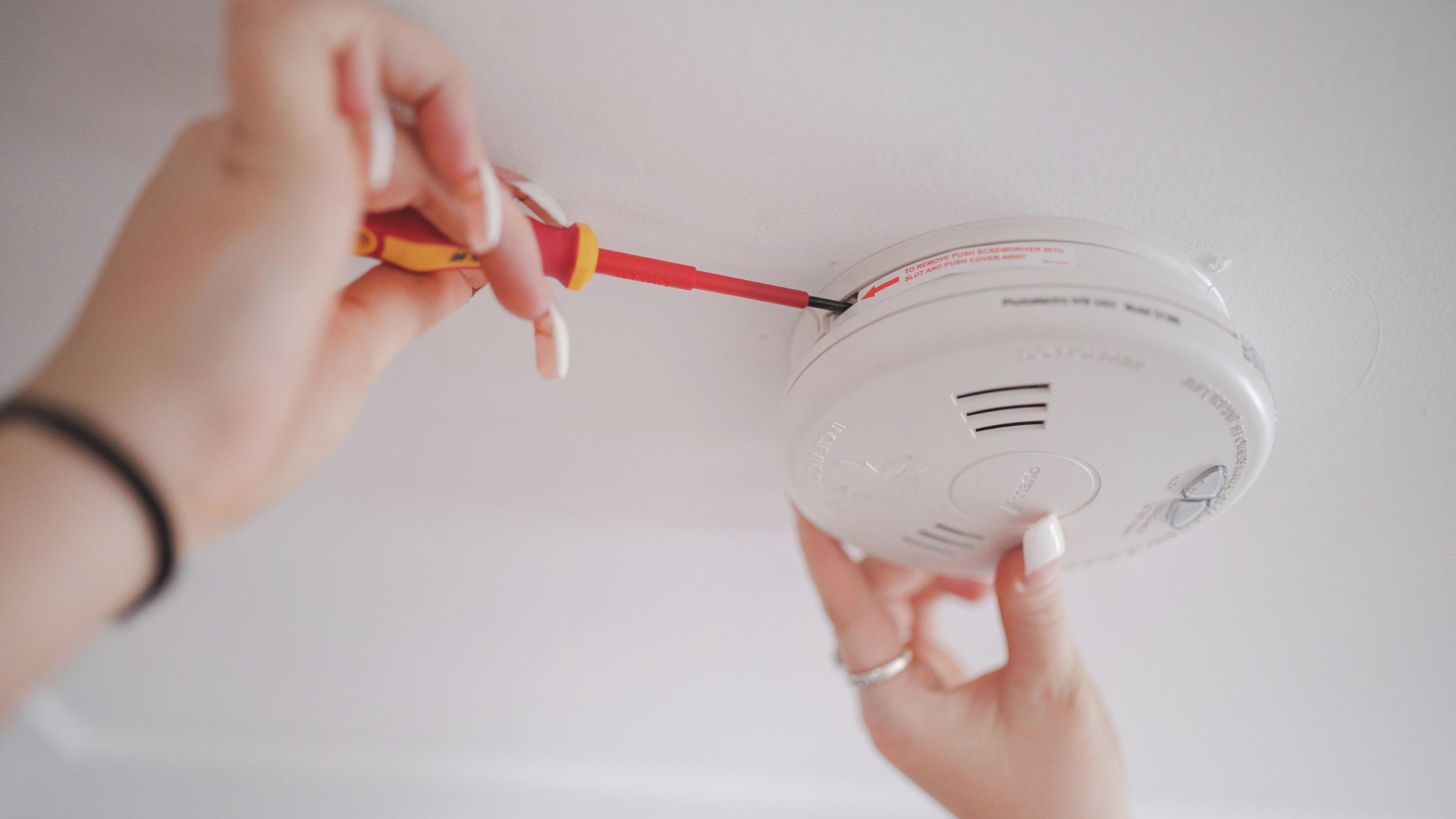
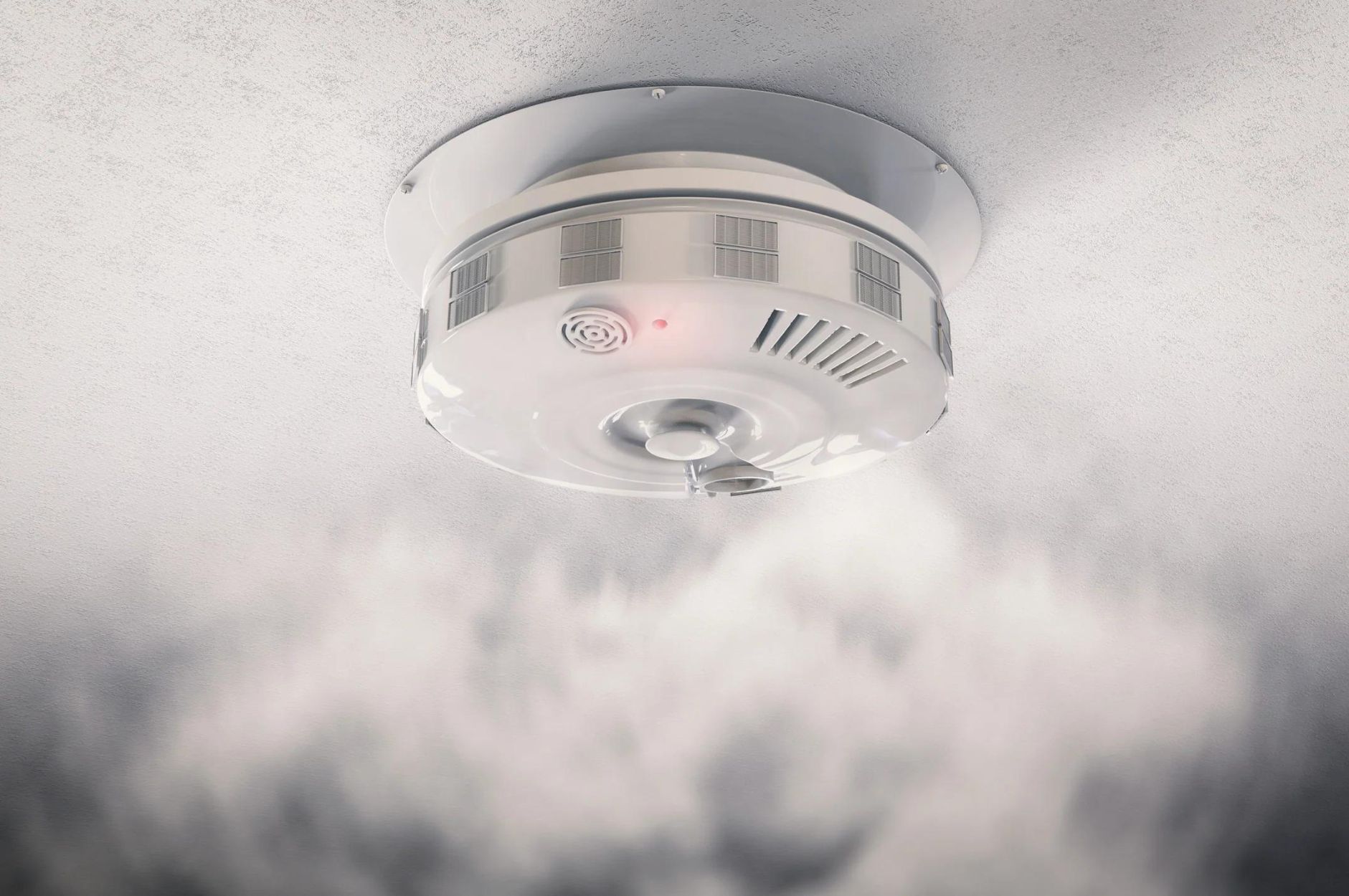
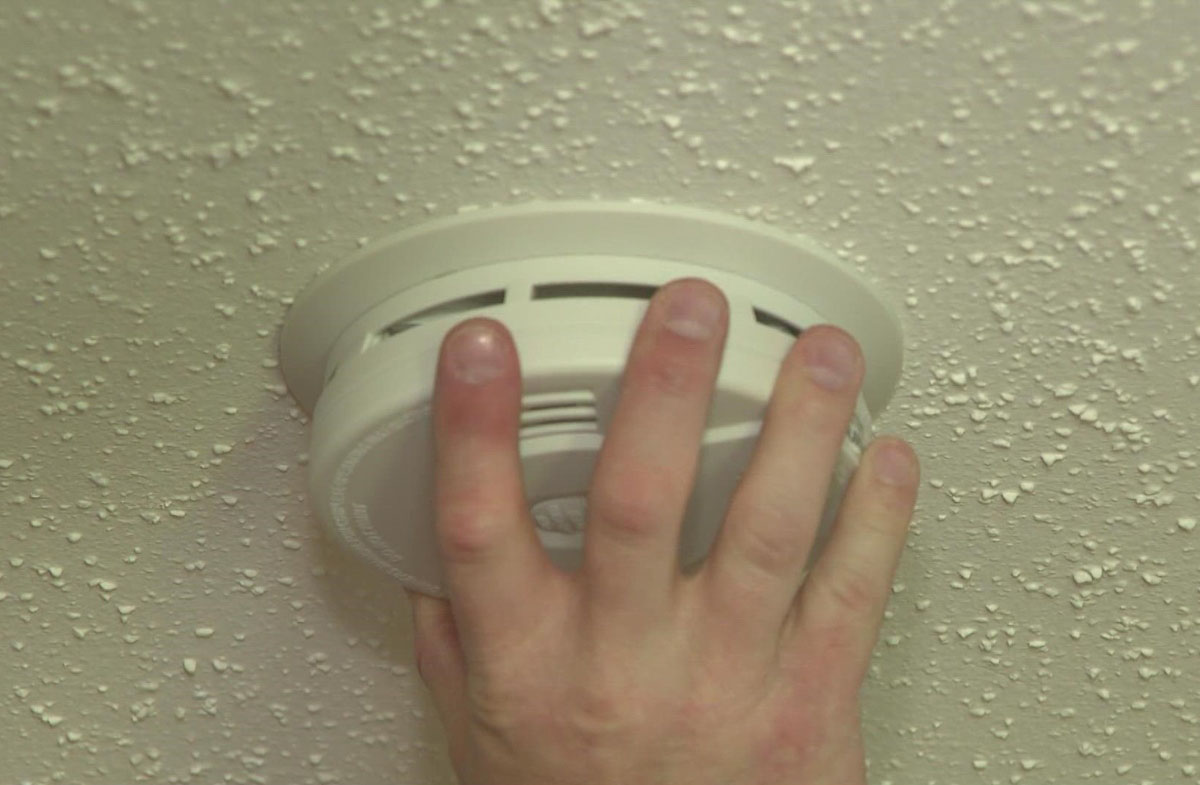
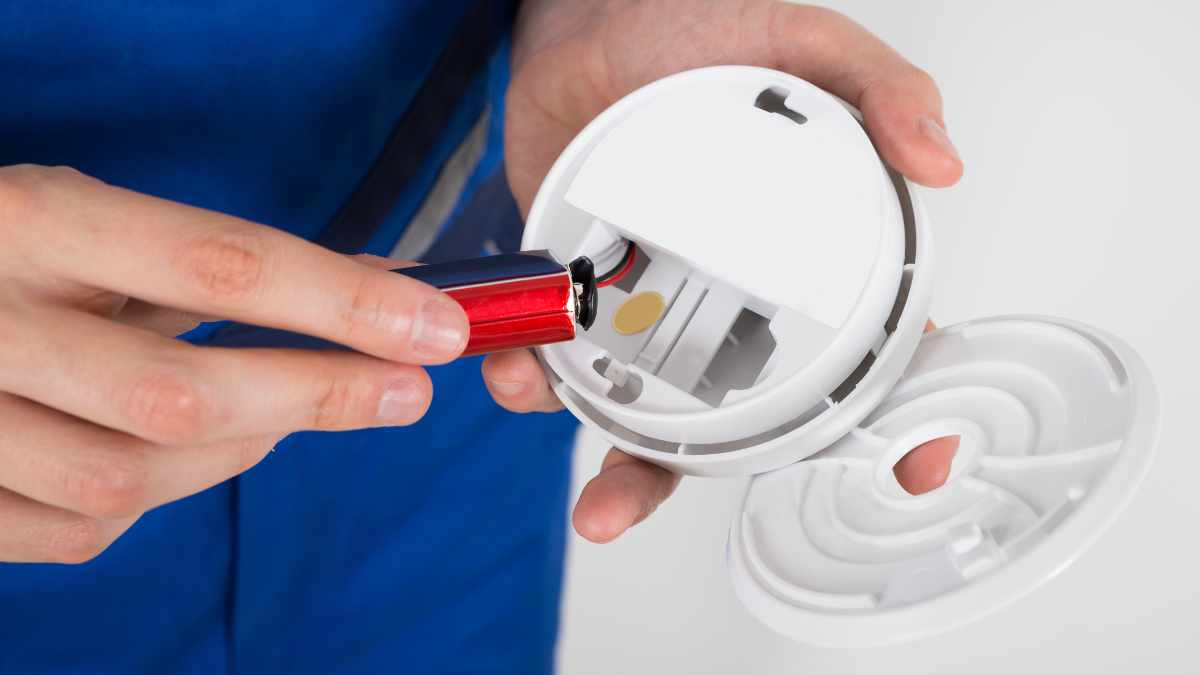
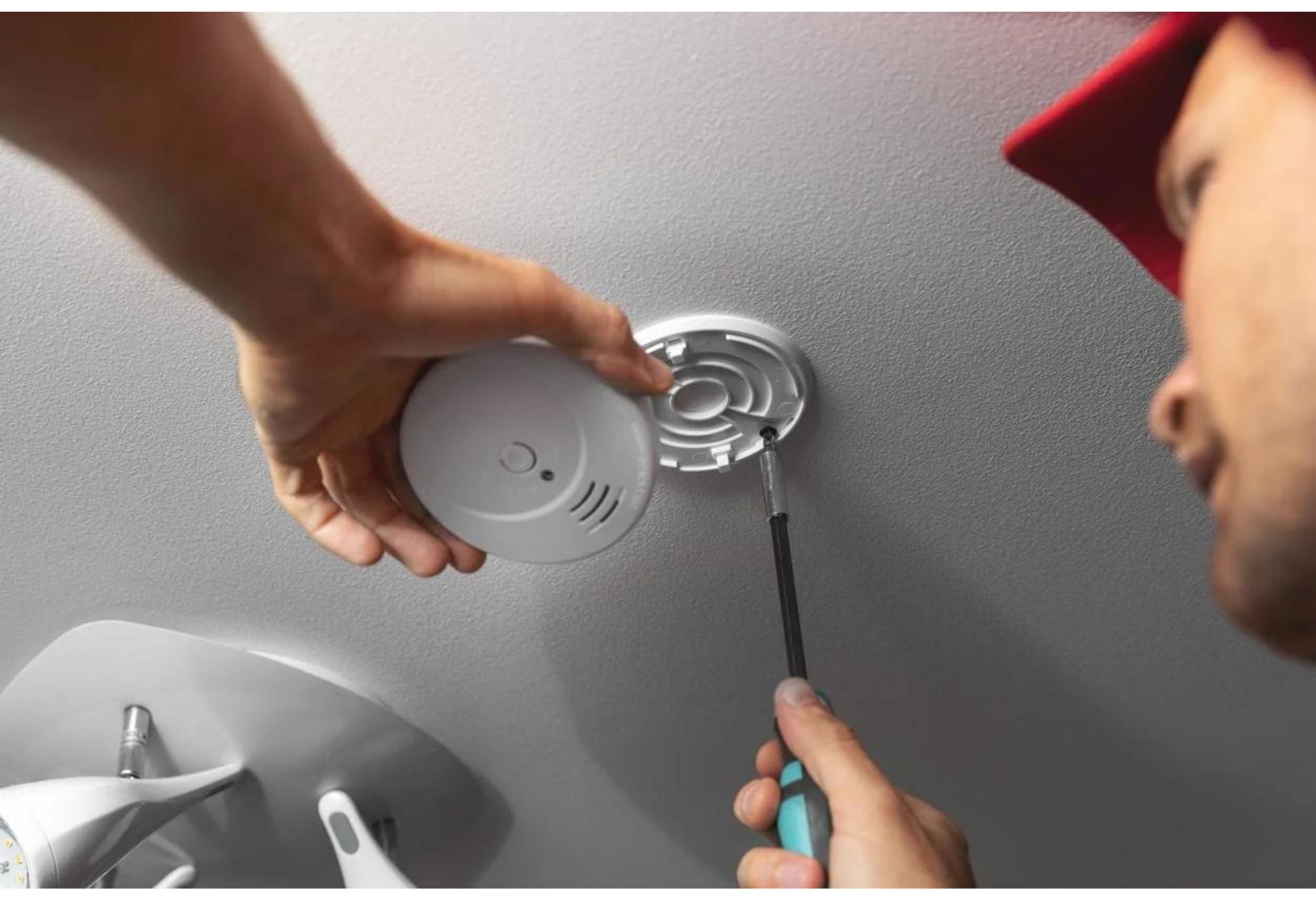
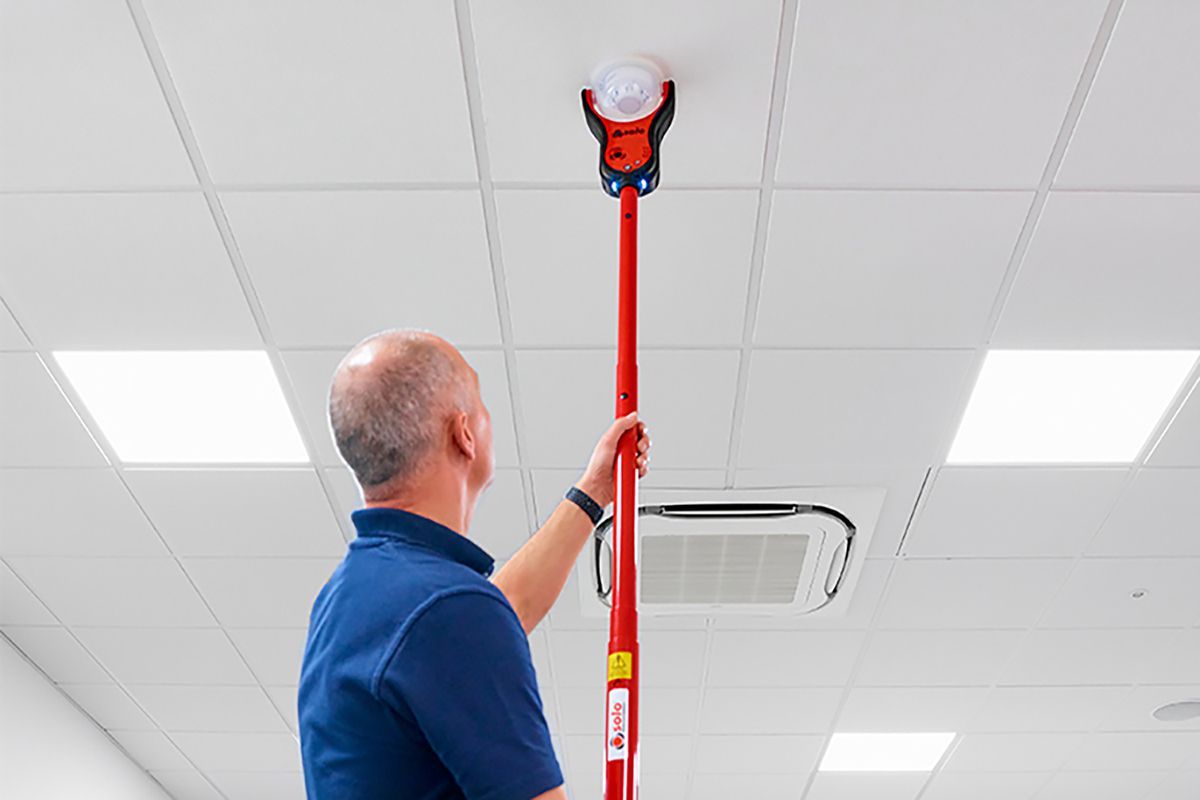
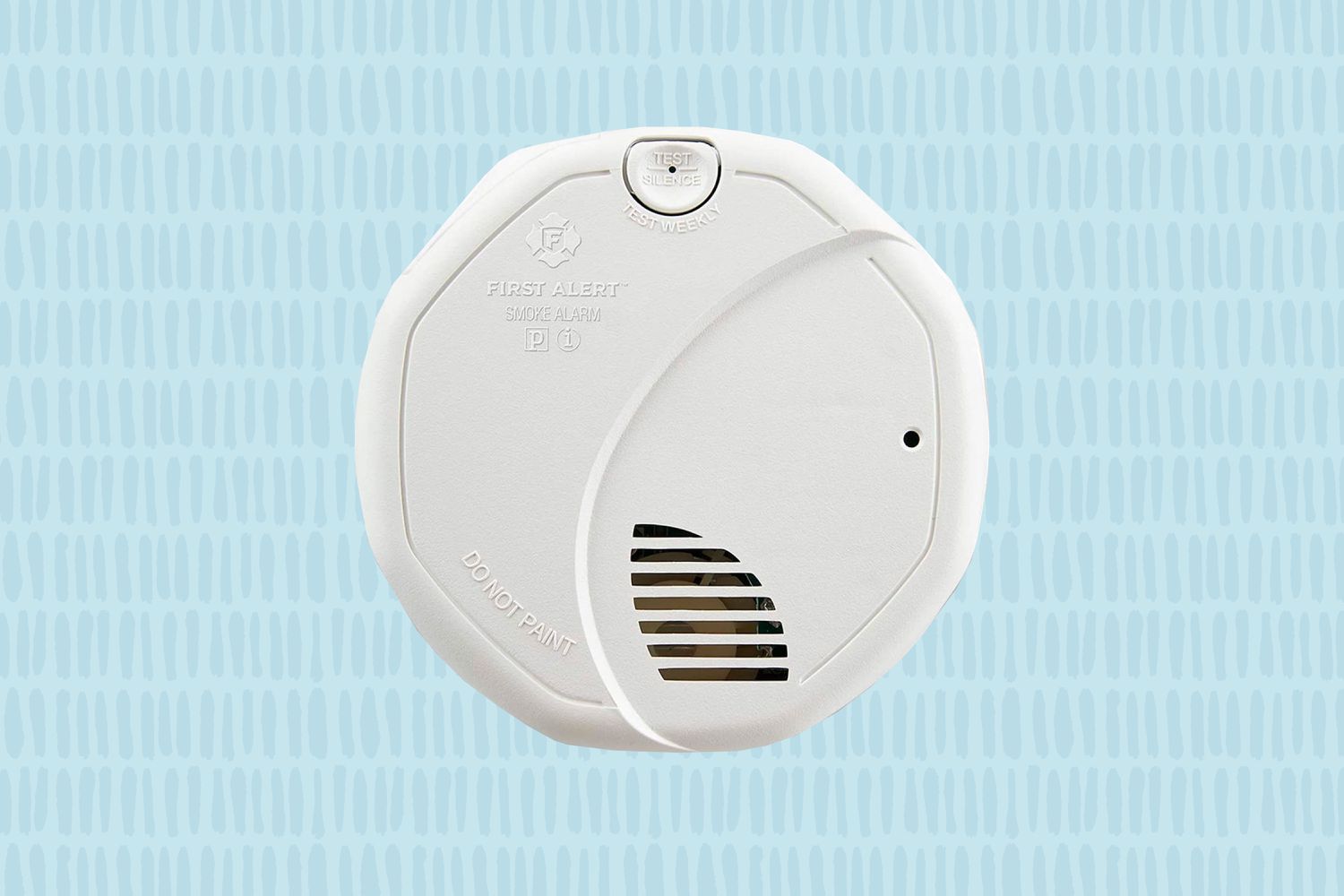
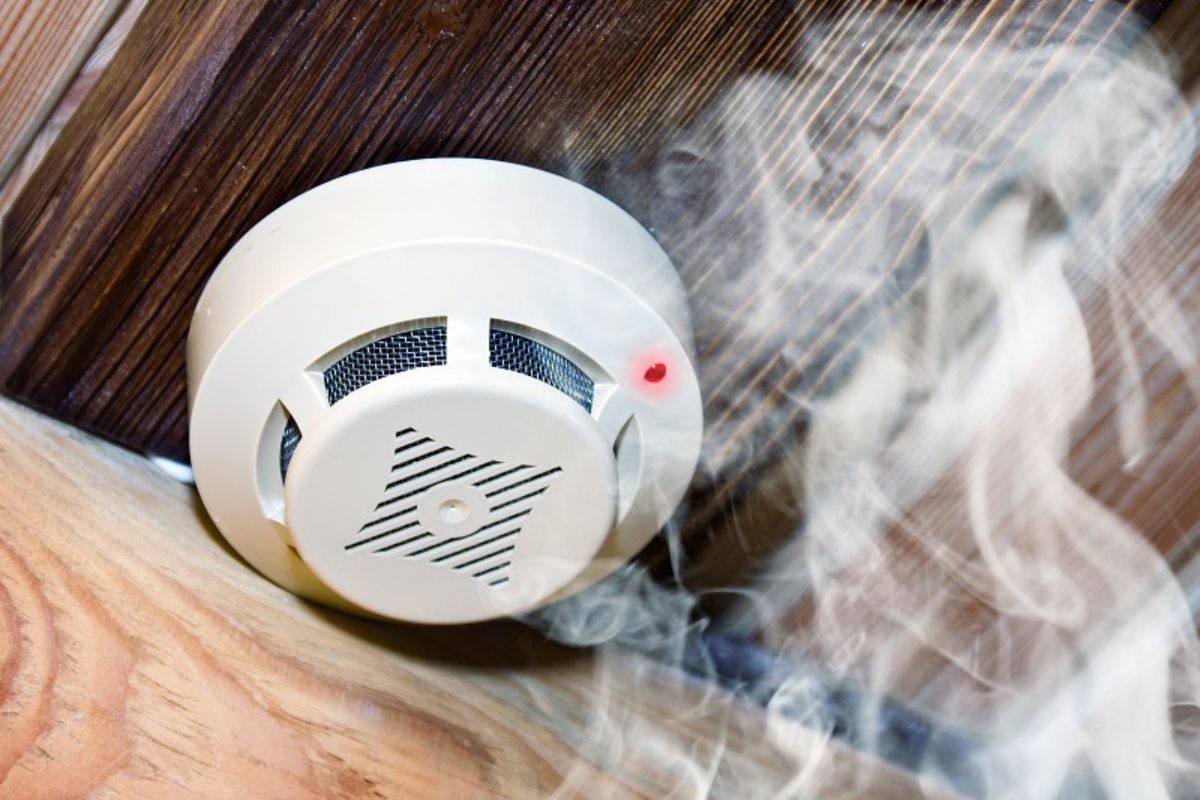
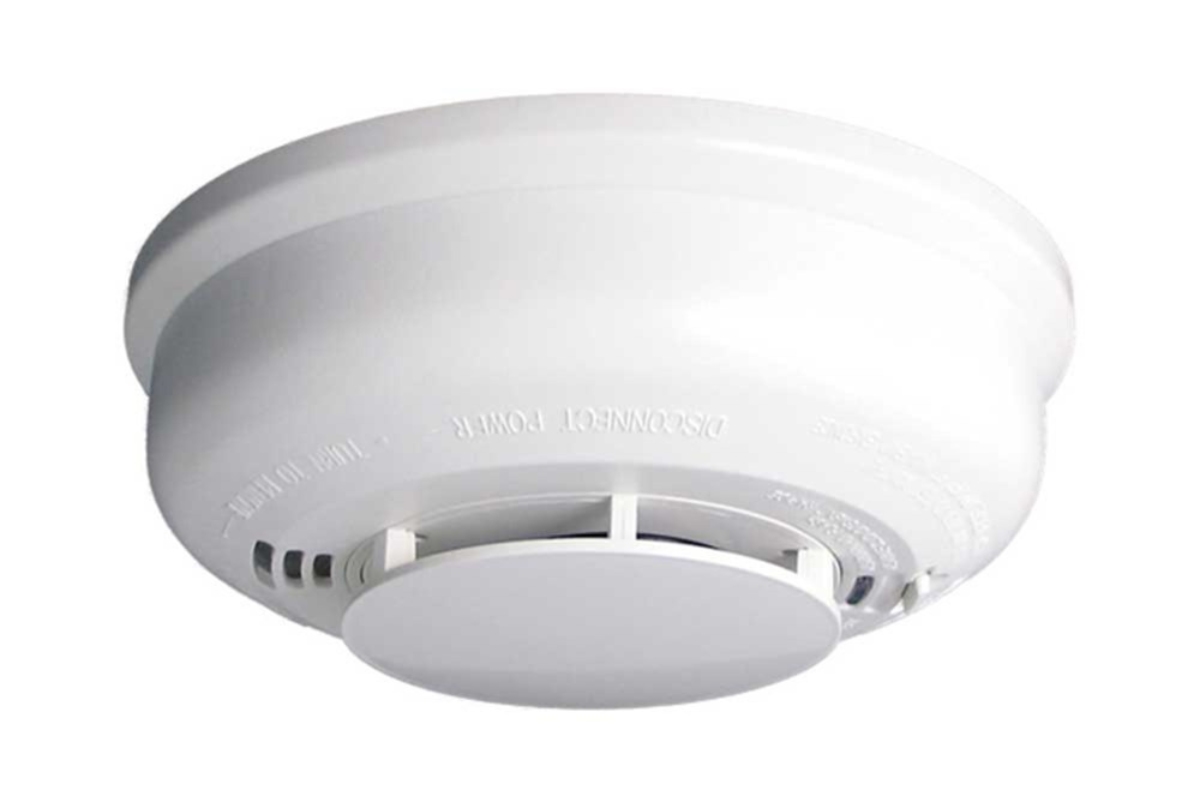

0 thoughts on “How To Know If The Smoke Detector Is Working”